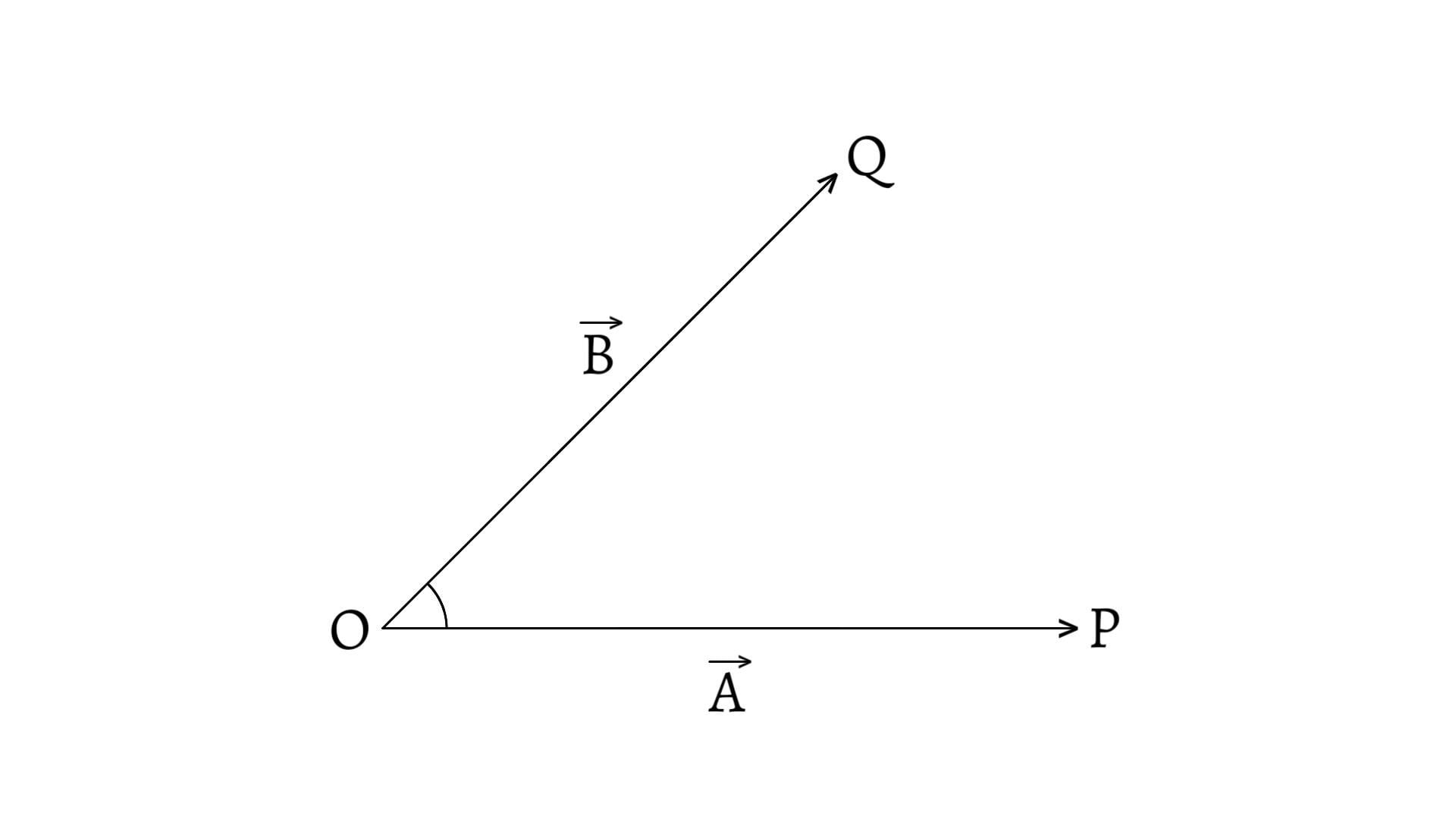The vector representing the position of an object relative to an arbitrary origin is called the position vector. In other words, those vectors whose initial and terminal points are fixed are called position vectors. If $O$ is arbitrary origin and $P(x,y,z)$ is the position of a particle, then the position vector of particle $P$ relative to origin $O$ is given by \[\overrightarrow{OP}=(x,y,z)\]
Vectors in terms of Coordinates
Let $XOX’$ and $YOY’$ be two mutually perpendicular lines representing x-axis and y-axis respectively. Let $P(x,y)$ be a point on the plane. Join $OP$. From $P$, draw $PM\perp OX$ and $PN\perp OY$.

Now, $OM$$=x$$=$ projection of $OP$ on the x-axis and, $ON$$=MP$$=y$$=$ projection of $OP$ on the y-axis. The directed line segment $OP$ is known as $\overrightarrow{OP}$ (read vector $OP$). $\overrightarrow{OP}$ is also defined by an ordered pair $(x,y)$.
Hence, $\overrightarrow{OP}$ is defined as the directed line segment from $O$ to $P$ or it is defined by an ordered pair with x-coordinate and y-coordinate as the projection of $OP$ on the x-axis and y-axis respectively.
There is no difference between the vector $(x,y)$ and the vector $\overrightarrow{OP}$ represented by the directed line segment. \[\therefore \overrightarrow{OP}=(x,y)\] The vector $\overrightarrow{OP}=(x,y)$ is a vector in the Cartesian plane, and hence the name plane vector.
We now see how an ordered triple $(x,y,z)$ represents a vector in three dimensional space.
Let $XOX’$, $YOY’$ and $ZOZ’$ represent three rectangular axes. Now, we can represent any vector by a directed line segment starting from the point $O$ and ending at a point $P$ in a direction parallel to the vector such that the length of $OP$ is equal to the magnitude of the vector.

Thus, the vector $\overrightarrow{OP}$ may be identified uniquely with the point $P(x,y,z)$. This vector $\overrightarrow{OP}=(x,y,z)$ is called the space vector.
Position Vectors
The vectors $\overrightarrow{OP}=(x,y)$ and $\overrightarrow{OP}=(x,y,z)$ are also called position vectors as their initial and terminal points are fixed at the origin and the point $P$ respectively.
Let $O$ be the origin. Let $P(a_1,a_2)$ and $Q(b_1,b_2)$ be two points in the plane. Join $PQ$. From $P$ and $Q$, draw $PM$ and $QN$ perpendicular to $OX$ and $PM’$ and $QN’$ perpendicular to $OY$.

Then, \[\begin{array}{c}OM=a_1,&MP=a_2\\ON=b_1,&NQ=b_2\end{array}\] Now, projection of $PQ$ on x-axis \[=MN=ON-OM=b_1-a_1\] and, projection of $PQ$ on y-axis \[=M’N’=ON’-OM’=NQ-MP\]\[=b_2-a_2\] \[\therefore\overrightarrow{PQ}=(MN,M’N’)=(b_1-a_1,b_2-a_2)\]
Previous: Scalars and Vectors
Next: Modulus of a Vector




